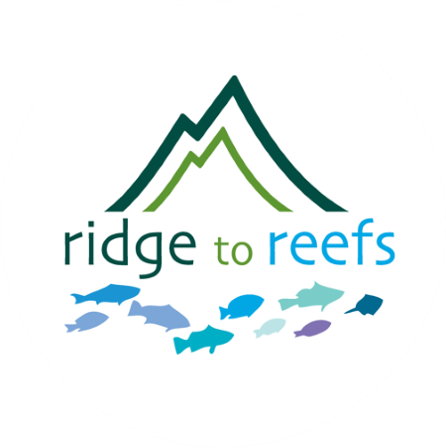Environmental Impact
What is evapotranspiration, and how can it save Hawaiian reefs?
Evapotranspiration can remove 10,000 to 15,000 gallons of wastewater effluent per day per acre.
Invasive algae is rated as “super abundant” in coastal waters near water treatment plants that inject wastewater into the groundwater. Wastewater injected into the ground causes a variety of environmental damage in groundwater and to the coral reefs. The solution comes from nature!
Fast growing vegetation such as vetiver grass can be planted on contours designed to absorb the volume of wastewater. The plants uptake the water and nutrients. Water is drawn in through the roots, moves through the plants, and evaporates from leaves and other surface parts of the plant. The sum of water evaporation from the land surface and from plants is called “evapotranspiration.” When the plants are fast-growing and in the right concentrations and placement, evapotranspiration is a highly efficient, effective, and affordable way to reduce water volume. Evapotranspiration can remove 10,000 to 15,000 gallons of wastewater effluent per day per acre.
Applying wastewater onto a contoured area of land with carefully planned vetiver grass is an effective, low cost and sustainable solution for on-site management and disposal of wastewater. This is an alternative to the current practice of injecting wastewater effluent into wells.



